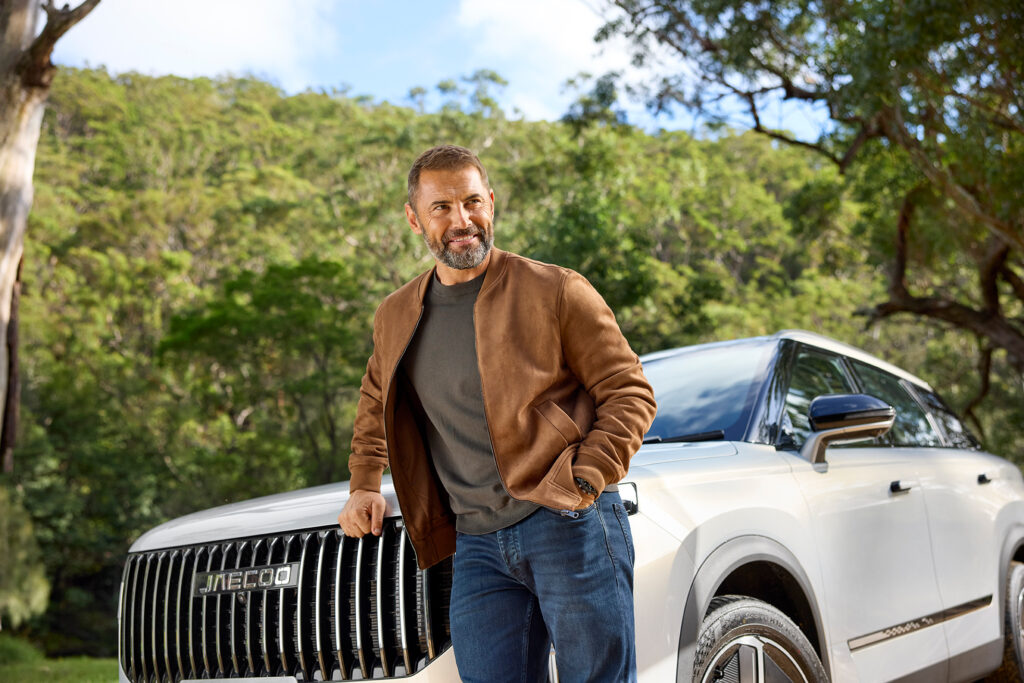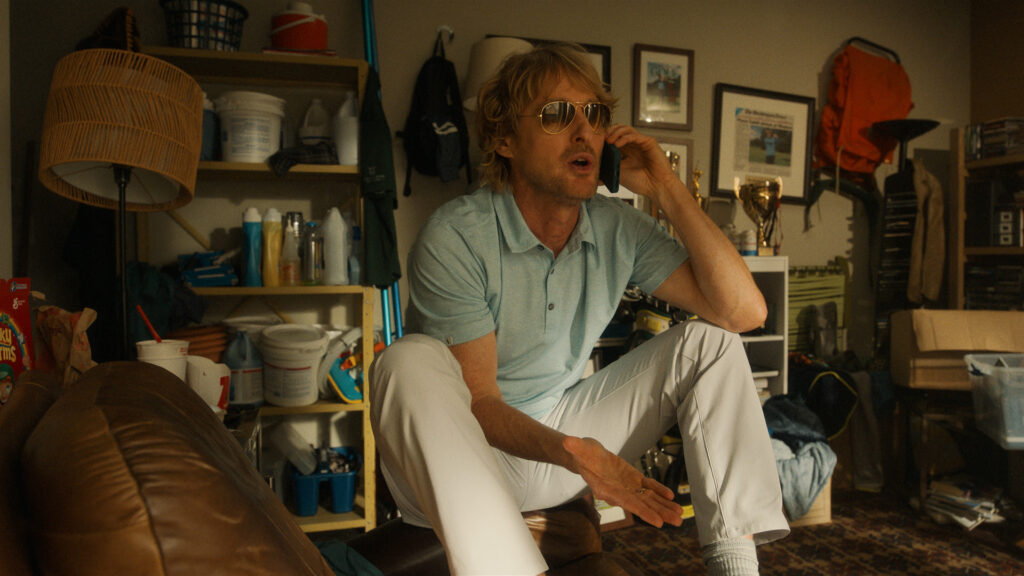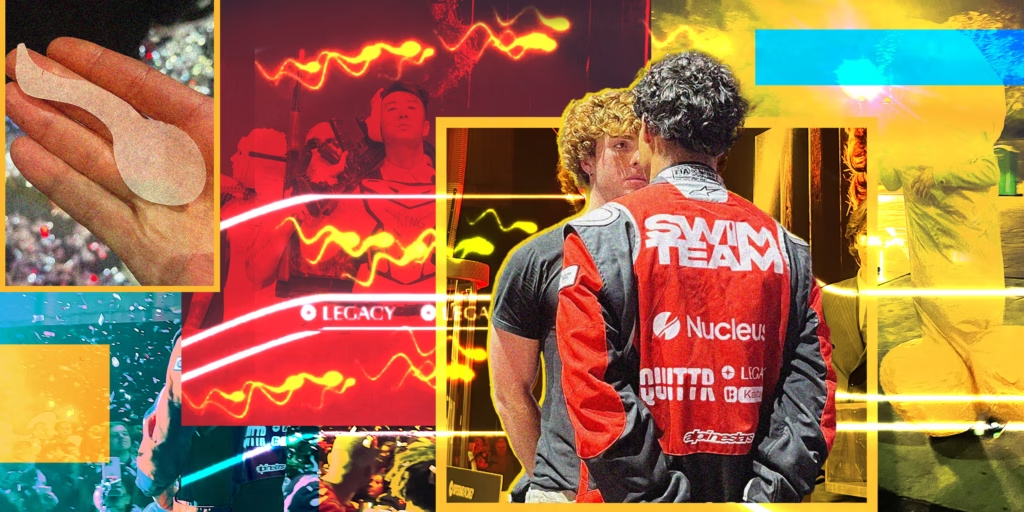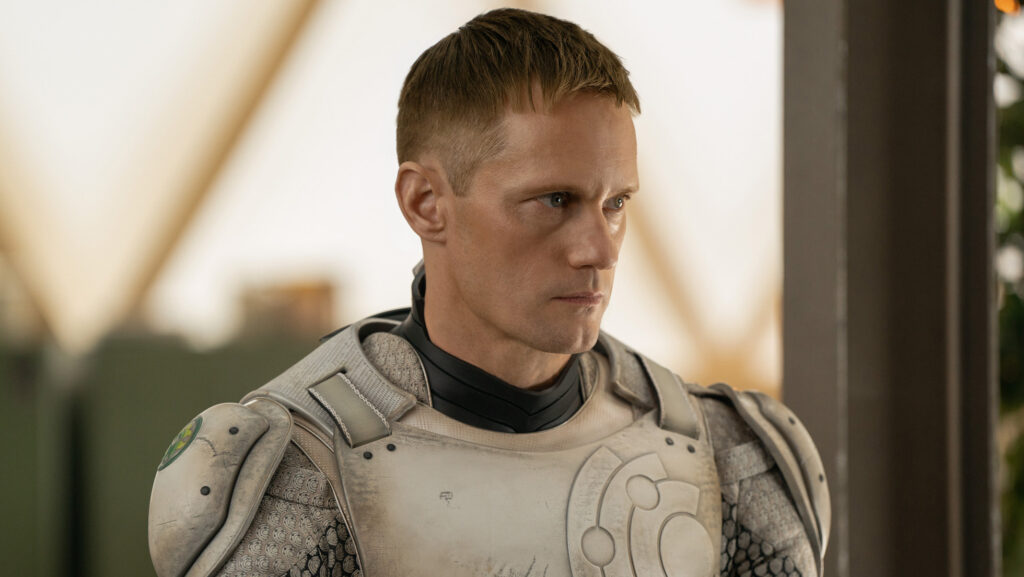The Fast and the Furious: Tokyo Drift might be centred around JDM culture, but the movie’s first race—which, if you remember, took place in a half-built suburb in the U.S.—had nothing but American muscle. Though it’s never talked about in the film, the main character’s 1971 Monte Carlo had some serious firepower under the hood.
Craig Lieberman, technical advisor for the first three Fast films, recently published a video breaking down the story behind Sean Boswell’s (played by Lucas Black) Chevy Monte Carlo. The writers wanted a low-key muscle car that would convince viewers it was something a high school kid could build himself using off-the-shelf parts. In reality, it was anything but. The “Hero” car had 572 cubic-inch engine built by Bill Mitchell that used a Holley 1050 carburetor and full-length Hooker exhaust headers. It made 780 horsepower on pump gas, and well over 800 horsepower on race gas. No wonder it was able to perform so well against a then-new Dodge Viper on-screen.
Lieberman says producers used no less than 11 stunt cars to fill the Monte Carlo’s role in the movie. That makes sense considering how many times the car makes contact with the Viper and the scenery during the race. Four or five cars survived filming, and according to Lieberman, they’ve been sold and spread across the world to collectors and fans of the film. Universal, however, is said to have kept at least one of the Hero cars, according to Lieberman.
Via Men’s Health.















